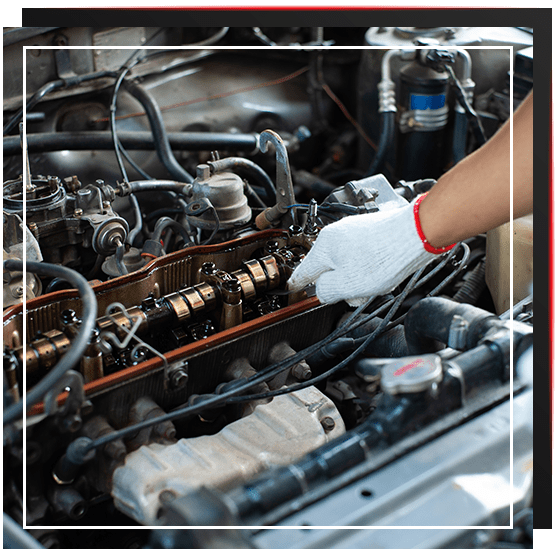General Maintenance

Tune-Up
general maintenance for cars in Englewood, fl
Contrary to popular assumption, modern automobiles still require tune-ups to maintain their highest levels of performance. The traditional “tune-up” was once the core of the automotive industry.
The processes needed to carry out a typical tune-up underwent a significant change as technology advanced more quickly. Modern vehicles typically have highly advanced ignition and fuel systems that use one or more onboard computers to conduct crucial engine and transmission management duties.
You won’t be able to go where you’re going if the car isn’t being properly maintained. The following systems should be examined as part of the 21st Century Tune-up on today’s new cars: the battery, the charging and starting engine, the mechanical powertrain control (including onboard diagnostic tests), the fuel ignition, and the emissions.
The Car Care Council also suggests that drivers take the time necessary to familiarize themselves with their vehicles in order to help ensure good performance, fuel economy, and emissions. To fully understand how all systems operate, read through the owner’s manual. Pay close attention to the instruments and indicator lights.
Getting Your Vehicle Ready for Winter
Mechanical Failure
A nuisance whenever it happens, but particularly dangerous in the winter. A must-do is preventive maintenance. Driving a well-maintained car is more fun, it lasts longer, and it might sell for more money.
The following advice can be used by anyone who enjoys DIY projects, however others call for the expertise of a qualified car specialist.
Getting Your Vehicle Ready For Summer
A marginally operating system will fail in hot weather. Have the system examined by a qualified technician. Newer models have cabin air filters that clean the air entering the heating and air conditioning system. Check your owner’s manual for location and replacement interval.
Keeping your vehicle in tune
The following advice should get you started on the path to eco-friendly auto general maintenance.
- Tune up your engine. As much as 30% less fuel can be used when a spark plug is misfiring.
- Pay attention to the maintenance schedules in your owner's manual. Filters and fluids should be changed as directed.
- Verify that your tires are properly inflated. Fuel is wasted when tires are underinflated since your engine needs to work harder to move the car.
- Incorrectly aligned wheels also put more strain on the engine, as shown by uneven tread wear or vehicle tugging. Tires that are properly cared for will last longer, requiring less frequent disposal of trash tires. Maintain speed restrictions. Above 60 mph, mileage drastically declines.
- Drive carefully. Avoid jerky stops and starts and unexpected accelerations. On open highways, use cruise control to maintain a constant speed.
- Limit your idle time. Stop the car as you wait for family and friends.
- Forget about those five-minute warm-ups on chilly winter mornings; modern vehicles are built to "warm up" quickly.
- Take unnecessary goods out of the car. Better mileage comes with less loads.
- To reduce air drag, place luggage and cargo in the trunk rather than on the top.
- Take travels. Your everyday errands can be combined to reduce unnecessary driving. To avoid stop-and-go traffic, try to travel at times of light traffic.
- Embrace a carpool.

